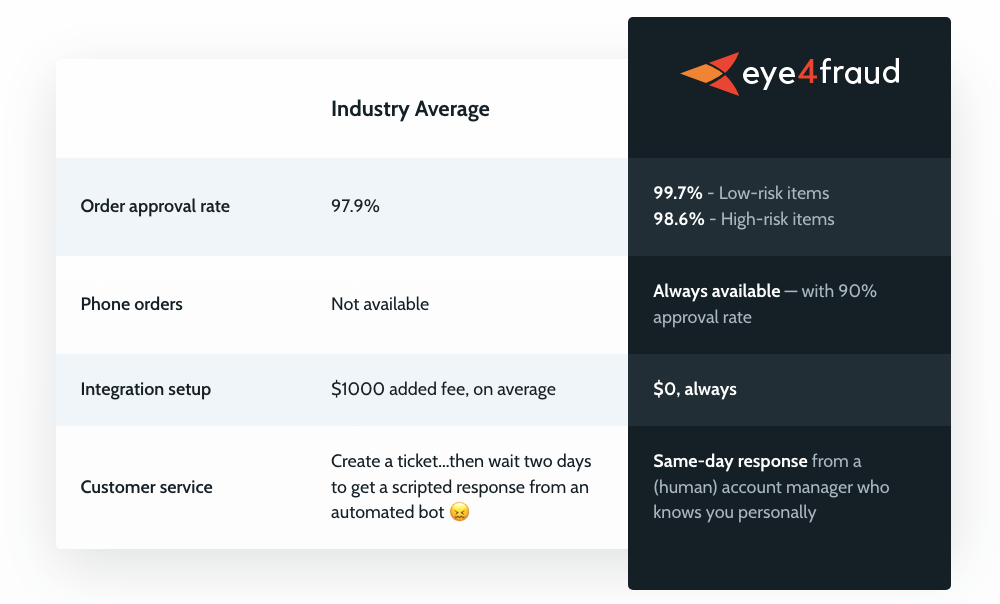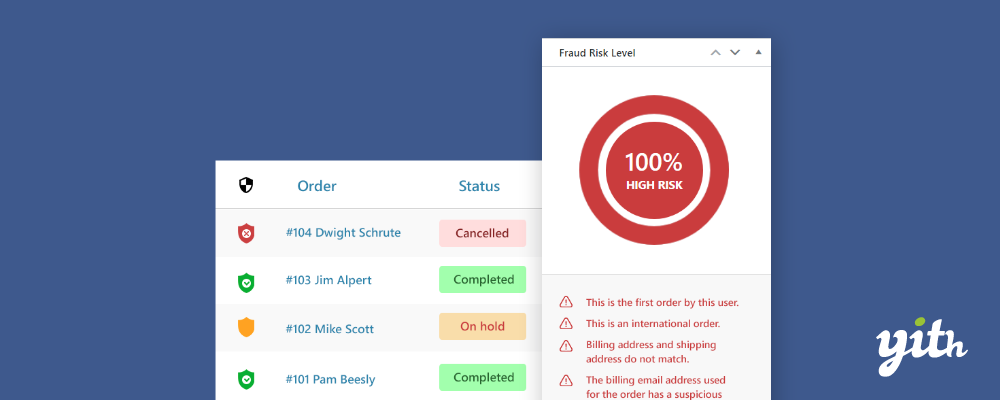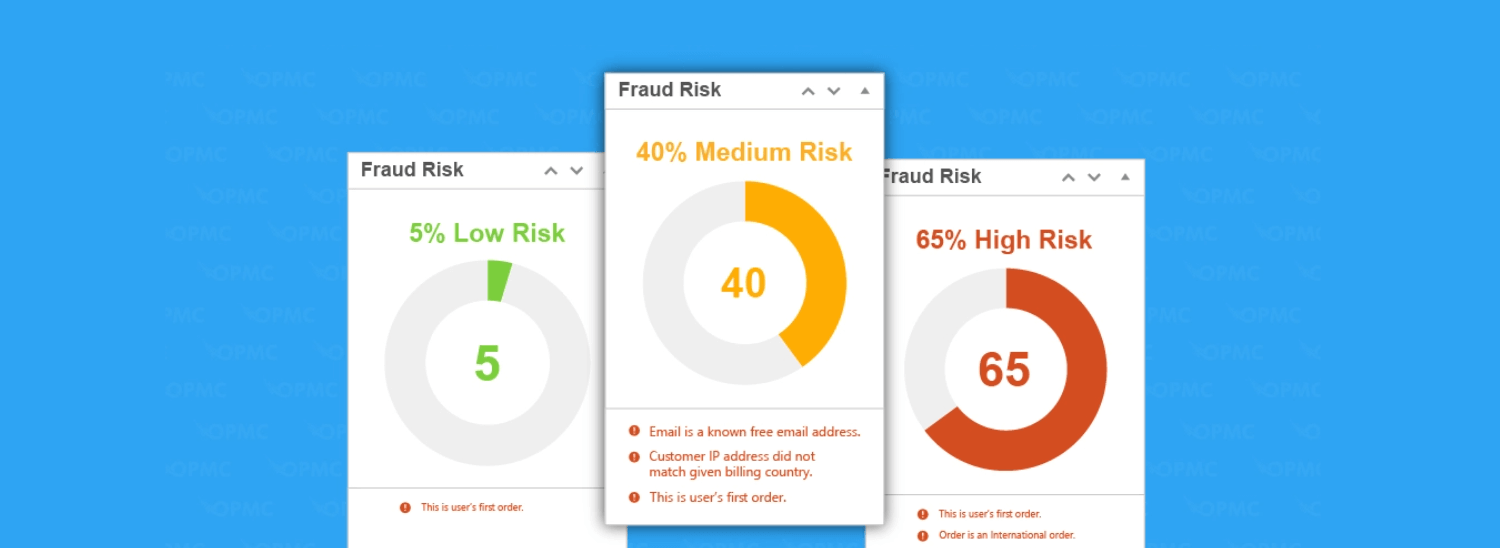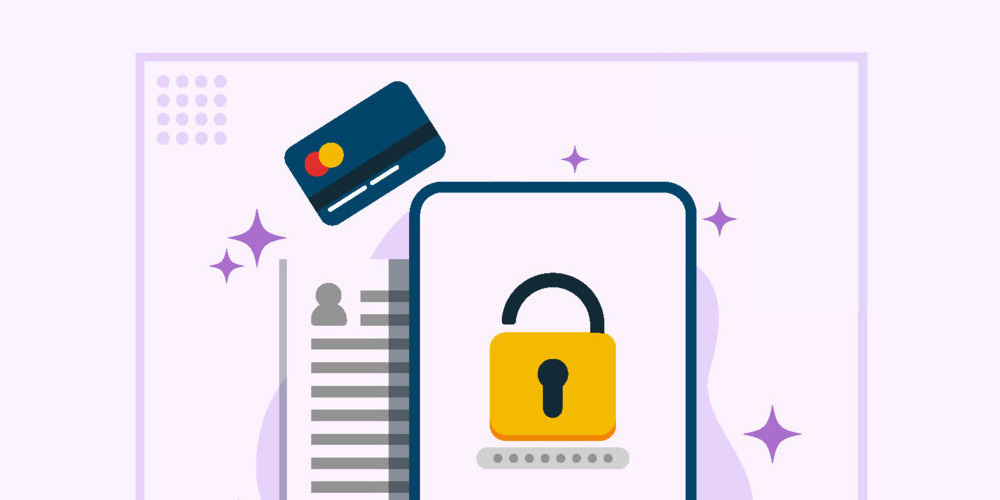A number of weeks in the past, WPTavern highlighted the latest spike in fee fraud through Stripe on WooCommerce web sites. Whereas this challenge itself shouldn’t be new, this publish was triggered by a dialogue on the Superior WordPress Fb Group, by a number of builders who seen that their shoppers’ web sites had been affected by related incidents.
And they aren’t alone.
In accordance with knowledge analyzed by Statista, e-commerce losses resulting from on-line fee fraud globally doubled from 20 US billion {dollars} in 2021 to 41 US billion {dollars} in 2022. Based mostly on these developments, present projections estimate the quantity as a whopping 48 billion US {dollars} in 2023.
Understanding Fee Fraud
Merely put, ‘fraud’ implies stealing what doesn’t belong to you, nonetheless, on-line fee fraud is something however easy.
What’s Fee Fraud?
When a fee is finished through an unauthorized transaction i.e. with out the approval of the proprietor of the cardboard or checking account, it is named fee fraud.
Frequent Varieties of Fee Fraud
There are numerous forms of fee frauds which might be so easily executed that it takes some time for the victims to even understand that they’ve been tricked.
Card Testing
A fraudster with stolen debit or bank card particulars makes just a few small purchases to substantiate that the cardboard particulars are legitimate. That is often generally known as card testing or card cracking.
Fraudsters usually search for web sites that assist you to pay any quantity (pay-what-you-want) or non-profit web sites that settle for small quantities as a donation. Else, they establish any random unsuspecting service provider’s web site and buy low cost gadgets to substantiate that the stolen card remains to be energetic.
So as to add to this mess, if the fraudster is technically expert sufficient to make use of automated scripts or bots for this, it could actually result in an enormous variety of such transactions in a really quick interval. As a rule, it’s already too late by the point the affected service provider and the precise card proprietor discover these irregular transactions and attempt to cease them.
Triangulation Fraud
This kind of fraud generally is a full nightmare, as a result of it’s actually laborious to hint this chain. That is the way it often goes:
A fraudster units a sham storefront on a market (e.g. e-Bay or Amazon) full with merchandise.
A real buyer visits the fraudster’s retailer and buys a product.
The fraudster then makes use of a stolen bank card and locations an order for that product with a authentic service provider, with the client’s delivery tackle.
Now, the client doesn’t discover something irregular, as a result of she receives precisely what she ordered, utilizing her real card particulars.
When the proprietor of the stolen card sees the cost on her invoice and raises a fee dispute, it’s the unsuspecting service provider who has to pay the penalty for the chargeback. With the products already delivered to somebody who had really paid for the product (albeit, to the fraudster), the service provider has no method of recovering the delivered merchandise or the fee he’s owed for it. Plus he finally ends up paying the penalty price for the chargeback too.
If the real service provider doesn’t up his sport and stop such fraudulent transactions, the losses can mount fairly rapidly.
Pleasant Fraud
Pleasant fraud (also referred to as a false chargeback) is when a buyer buys one thing utilizing their very own legitimate card from a web based retailer however later raises a chargeback with their financial institution, demanding a refund. This might both be resulting from purchaser’s regret or a hesitation to contact the service provider and resolve it amicably.
Different Refunds
That is when a trickster pays an internet site (often a non-profit or an internet site that accepts pay-what-you-want donations) a big quantity, utilizing a stolen card. They then contact the web site and declare to have transferred greater than what they supposed to, requesting a partial refund to an alternate card (his personal), once more falsely claiming that the cardboard used for the unique fee has expired.
Easy Actions to Forestall Hacking and Fee Fraud
To be honest, fee gateway processors do strive their finest to maintain out malicious actors, however that’s merely not sufficient.
Actually, Stripe printed a observe detailing its response to this latest surge in card testing assaults. Whereas that will have helped to cut back fraud, it’s nonetheless solely a small dent, when you think about the dimensions of such fraudulent makes an attempt which might be profitable.
So it’s best so that you can take the accountability of retaining your WordPress web site secure and do all you probably can.
Listed below are 5 easy methods to take action!
1. Implement a Robust Login Course of
A web site can solely be as safe as its weakest password. Imposing robust passwords is the very least you are able to do to stop hackers from gaining access to your web site. Nonetheless, if the password is simply too complicated for people to recollect, then they may get lazy and write it down in an unsecure place. Or whether it is simple sufficient for them to recollect, likelihood is, it’s simple to be hacked as nicely.
As a substitute of relying solely on a powerful password, it’s extremely beneficial that you simply go for an added layer of safety, by including another step to the login course of. A number of the methods to try this –
2. Monitor Funds Recurrently
Be careful for any uncommon buyer patterns, odd e-mail ids, billing tackle and IP tackle location mismatches and many others. You may do that manually or use a WooCommerce fee plugin similar to those listed under.
Listed below are some WooCommerce WordPress Plugins particularly designed for fraud prevention
SyncTrack Auto Add Paypal
![]()
It is a comparatively lesser recognized free plugin, which was launched in 2022 Could. What it goals to do is sensible – it integrates with Paypal and passes on fee monitoring data, so that you’re shielded from disputes and chargebacks associated to fraudulent orders.
Nonetheless, this plugin hasn’t been up to date since its launch and examined with latest WordPress variations although, so it ought to be used with warning.
WooCommerce Eye4Fraud

It actually ensures chargeback safety by promising to totally reimburse you, if a buyer raises a chargeback efficiently on an Eye4Fraud permitted account. Doesn’t get any higher than this, I suppose.

You will want to get an Eye4Fraud account for this to work although they usually cost a share of your order quantity as fee. There’s no pricing data on their web site, you possibly can attain out to them for a personalised quote.
YITH WooCommerce Anti-Fraud

This plugin robotically detects suspicious habits throughout the fee course of and block orders. For instance, any mismatches in parameters similar to IP tackle, geographical location and many others.
It additionally lets you configure guidelines for blocking orders based mostly on circumstances similar to threat threshold, emails from suspicious domains, order quantities which might be unusually excessive (you possibly can specify the quantity) and extra.
Woocommerce Anti-Fraud by OPMC

This common anti-fraud WordPress plugin lets you arrange numerous guidelines and alerts based mostly in your anticipated buyer habits. Any orders that don’t conform to this are highlighted, so as to then look into them extra carefully.
This plugin additionally:
Assesses threat related to every fee and alerts you to excessive threat funds
Offers safety in opposition to velocity assaults utilizing reCAPTCHA
Integrates with QuickEmailVerification to validate e-mail addresses
3. Disable Visitor Orders (with out Buyer Registrations)
Think about forcing customers to register in your web site earlier than inserting an order. You may additionally add an additional examine by forcing new customers to validate their e-mail tackle or by including a captcha on the registration kind (or each).
And when you haven’t, contemplate including a captcha to your checkout web page as nicely. Although that may annoy your actual prospects who need a fast and clean try expertise it would nonetheless be worthwhile.
Nonetheless, this might assist scale back the possibilities of card testing assaults the place a number of orders for small quantities are positioned utilizing random non-existent mail ids, by bots.
4. Allow Price Limiting
The WooCommerce Anti-fraud plugin by YITH lets you management the variety of orders per person inside a specified time interval. This prevents fraudsters from inserting a lot of orders robotically utilizing the identical buyer id. Not that this prevents it utterly after all, however each little helps.
5. Leverage What You Already Have
It’s best to strive your finest to reap the benefits of no matter sources you could be utilizing already e.g. your internet hosting, Cloudflare (or related safety suppliers).
For instance:
You possibly can allow Cloudflare’s Bot Struggle mode in order that at any time when typical bot visitors patterns are seen, these get blocked by Cloudflare.
Verify along with your internet hosting supplier as nicely if they supply any instruments or firewalls that may allow you to deal with such makes an attempt.
Additionally, if you’re already utilizing the WooCommerce Funds plugin, it highlights the chance degree assessed for every transaction, as ‘Regular’ or ‘Elevated’ – that is based mostly on its integration with Stripe’s RADAR fraud prevention device.
Whilst you ought to undoubtedly use no matter means attainable to stop fraud, it’s attainable that you simply would possibly nonetheless see some fraudulent orders getting by means of.
One of the best ways to maintain damages to a minimal is to remain alert and react rapidly to any irregular shopping for patterns in your web site.
If you happen to see a number of transactions for small quantities in fast succession, it is best to examine the small print and instantly block them till you examine the transactions.
Keep alert, keep secure!




